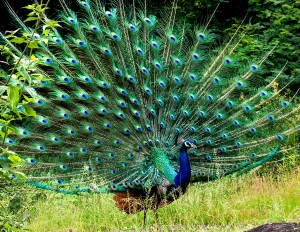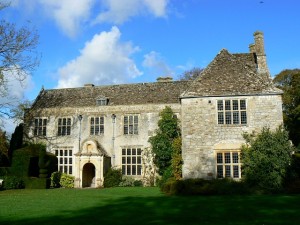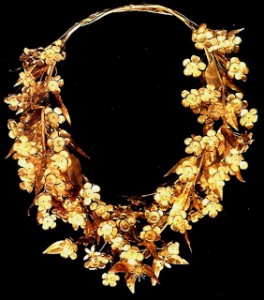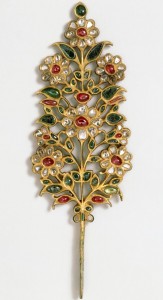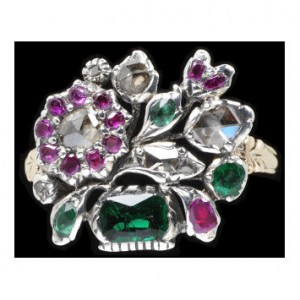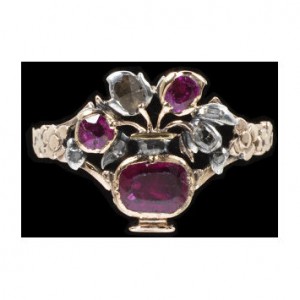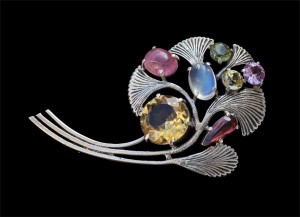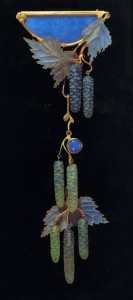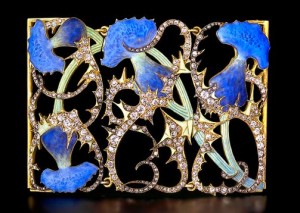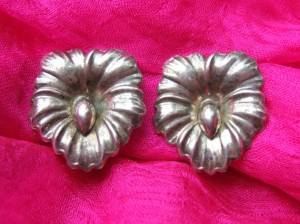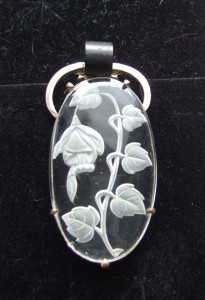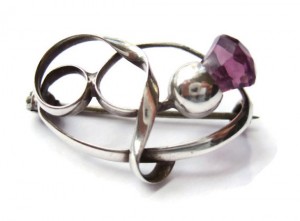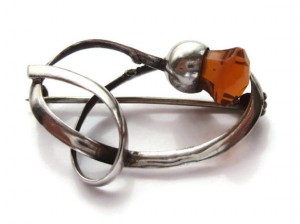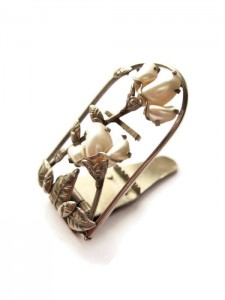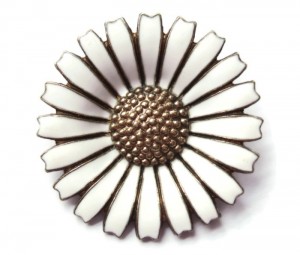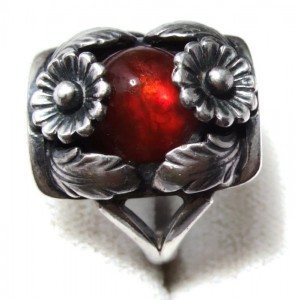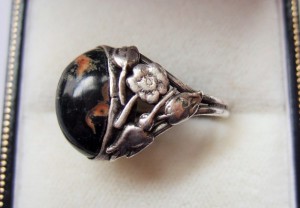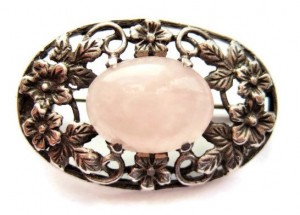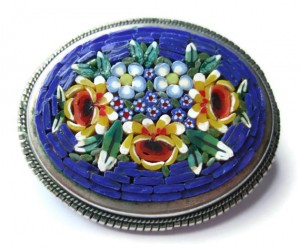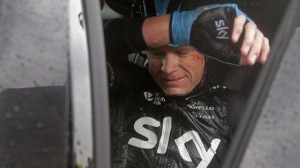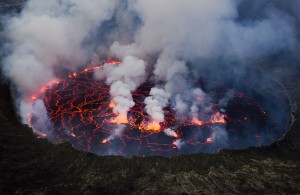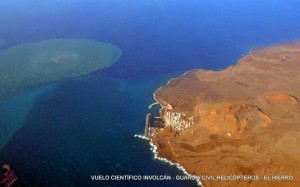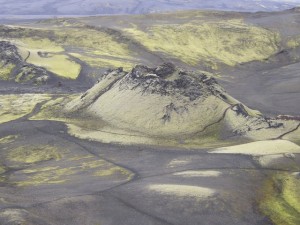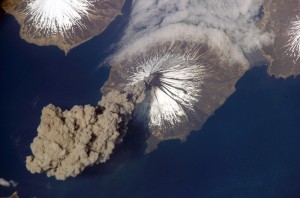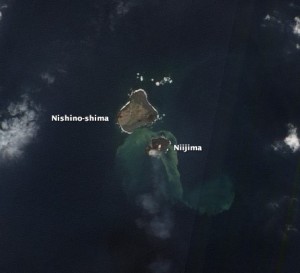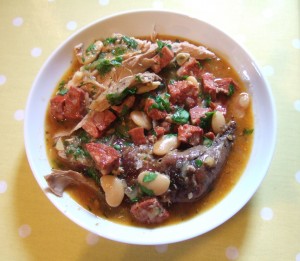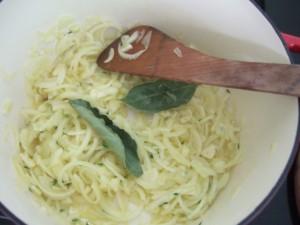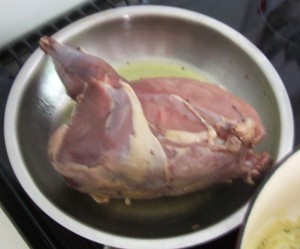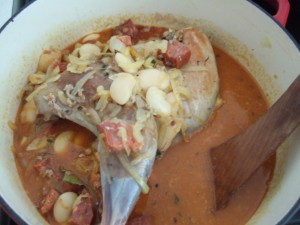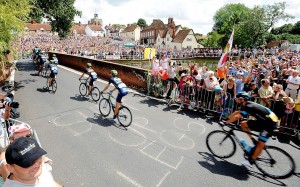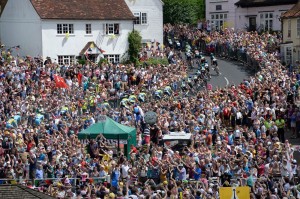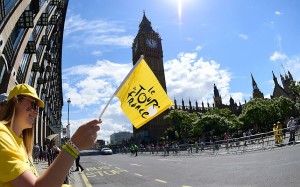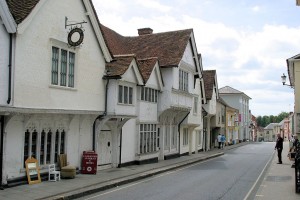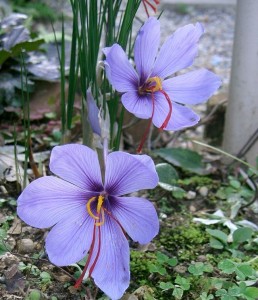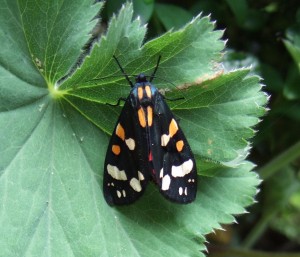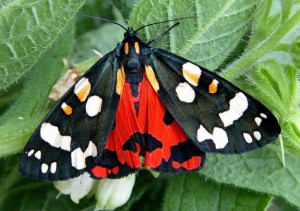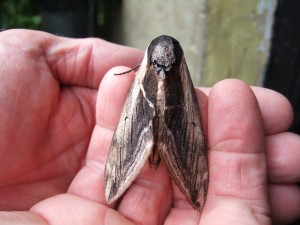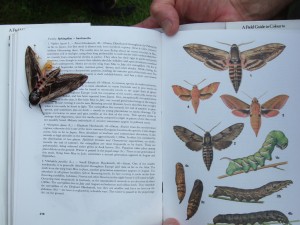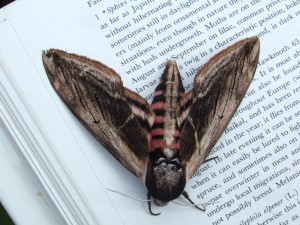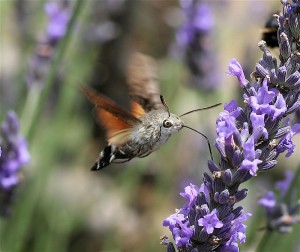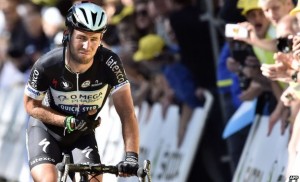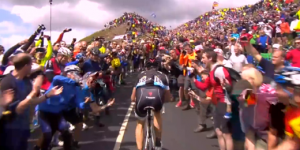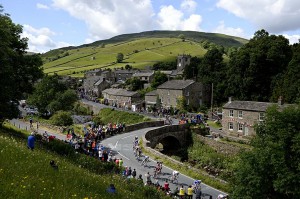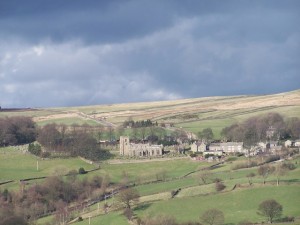Today has been a beautiful sunny summer’s day, with fluffy white clouds bumbling by all day. This evening we decided to enjoy the last of the sun’s heat in the garden with a bottle of Chenin blanc and some olives. The sky was clearer, bluer, with the occasional mares’ tails were high in the sky. The house martins and occasional swallows (and two swifts—a rare sighting round here) were zooming overhead.
And that’s when we saw a beautiful arc of a rainbow, high in the sky and directly over the sun, but curved back against it. I thought it was a sun dog, but a quick google has revealed that it was a circumzenithal arc, as it was inverted, rather than bending around the sun. I was so excited I snapped lots of photos and ran over to our neighbours’ cottage to tell them, but they were out. But looking at the sun from their cottage, the rainbow looked different—shorter and stubbier. It wasn’t until I got back to our garden that I realised that the shorter stubbier one was something different, on the same level as and to the right of the sun: a right side sun dog. We hadn’t noticed it initially from our garden because of all the foliage of the trees and shrubs.
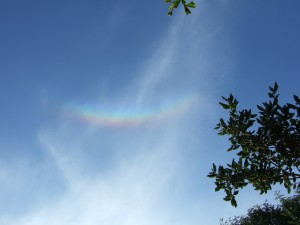
Circumzenithal arc west of Salisbury, Wiltshire, 15 July 2014, 6.35 pm. The sun is just below the bottom edge of the photo.
So exciting! We love weird or unusual weather phenomena. The last I can remember seeing were our first (and so far only) mammatus clouds when we were in New Zealand.
We watched the arc and sun dog for about a half hour, from 6.30ish onwards, and then they gradually disappeared. There were lots of cirrus clouds (mares’ tails) around at the time, and it is the refraction of light through the ice crystals in these very high clouds (typically 5,000 m (16,000 feet) in temperate zones) that cause this atmospheric effect. A strange weather days first for us!
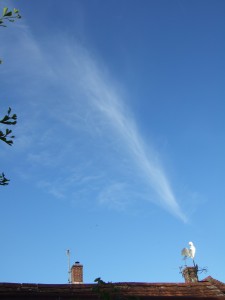
Cirrus clouds (mares’ tails) above our village, evening of 15 July 2014, at the same time the circumzenithal arc and sun dog were visible elsewhere in the sky.
I took a couple of short videos. The second shows the sun dog as well as the circumzenithal arc:
This post has reminded me that I must get round to joining the Cloud Appreciation Society.
